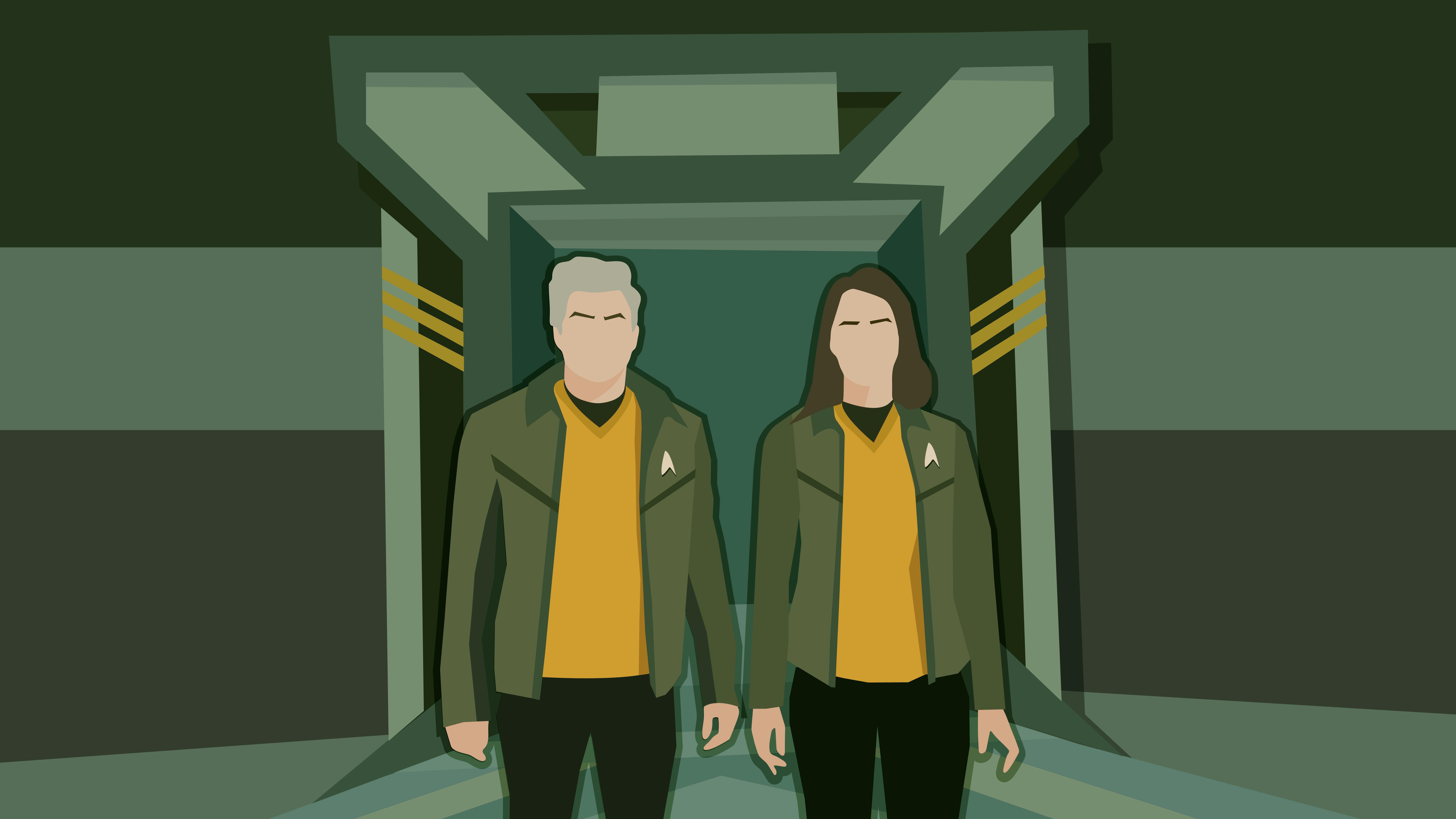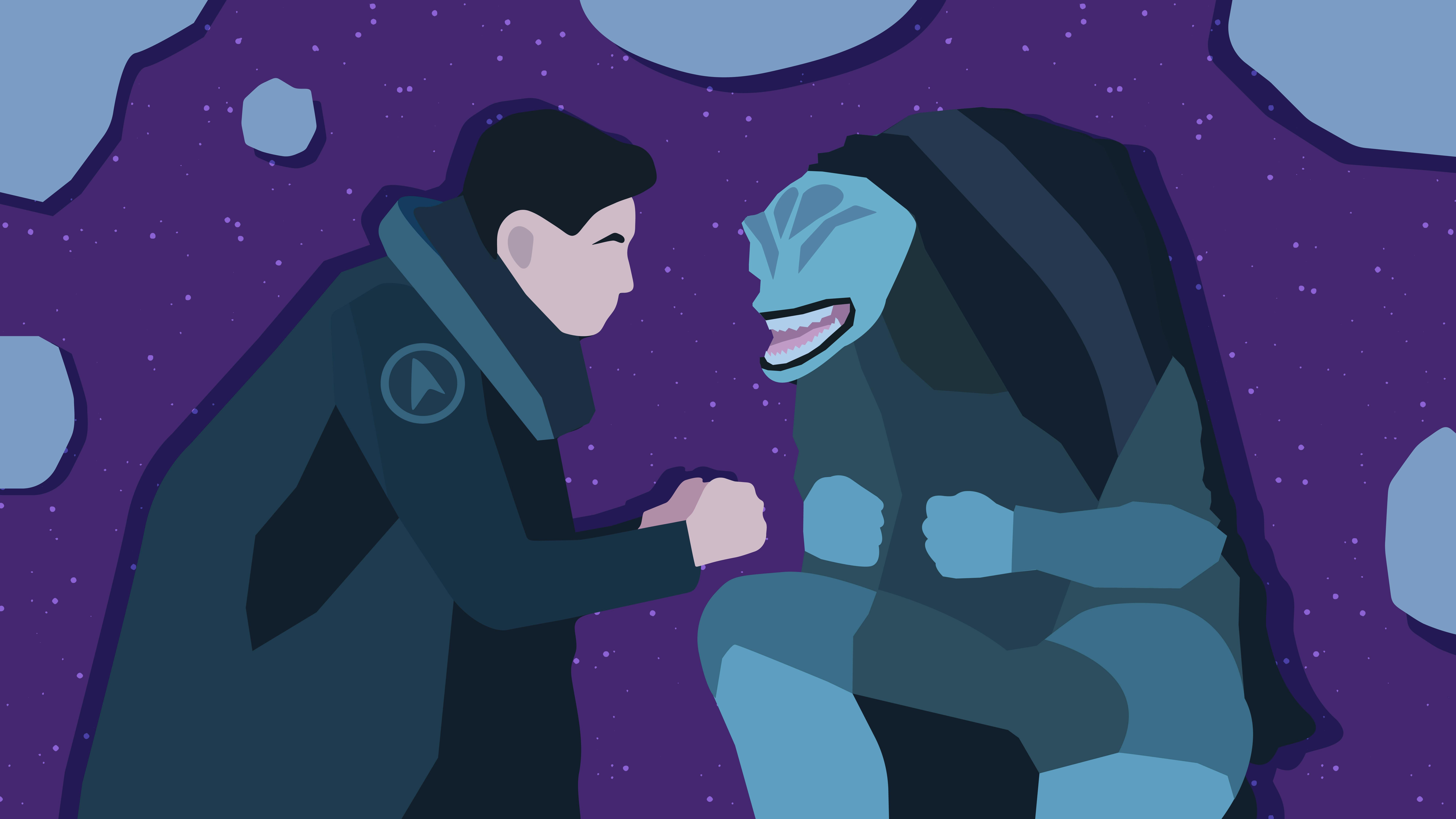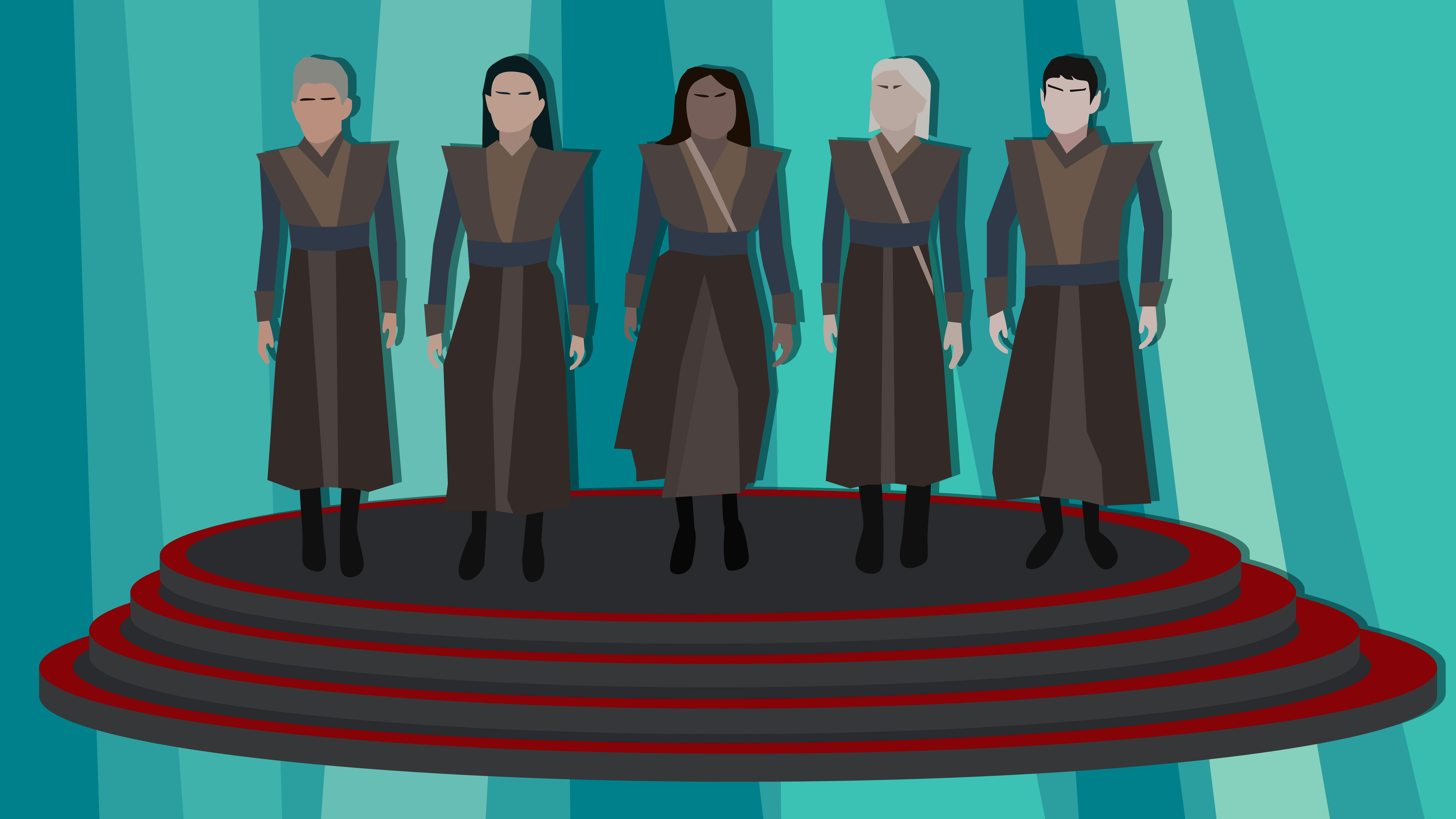Published Apr 22, 2024
The 10 Plagues of Star Trek: The Original Series
As Passover brought 10 plagues to test Pharaoh, so too did The Original Series test the crew of the Enterprise!

StarTrek.com
Considering Gene Roddenberry stated that there would be no religion in the future when he conceived of Star Trek, a lot of Judaism sure did manage to creep it's way in!
From Leonard Nimoy and William Shatner bonding on the set of over their shared Jewish background, and , to later series with Jewish actors and parallels such as Worf's diasporic experience, and Marina Sirtis drawing on inspiration from an Israeli friend as she created Deanna Troi. It makes sense, then, to spend some time during Passover reflecting on the many aspects of Jewish influence seen on Star Trek.
So, of course, I’ve decided to give you the 10 Plagues of Passover as episodes from The Original Series. Let’s get into it.
1. Rivers of Blood, ""
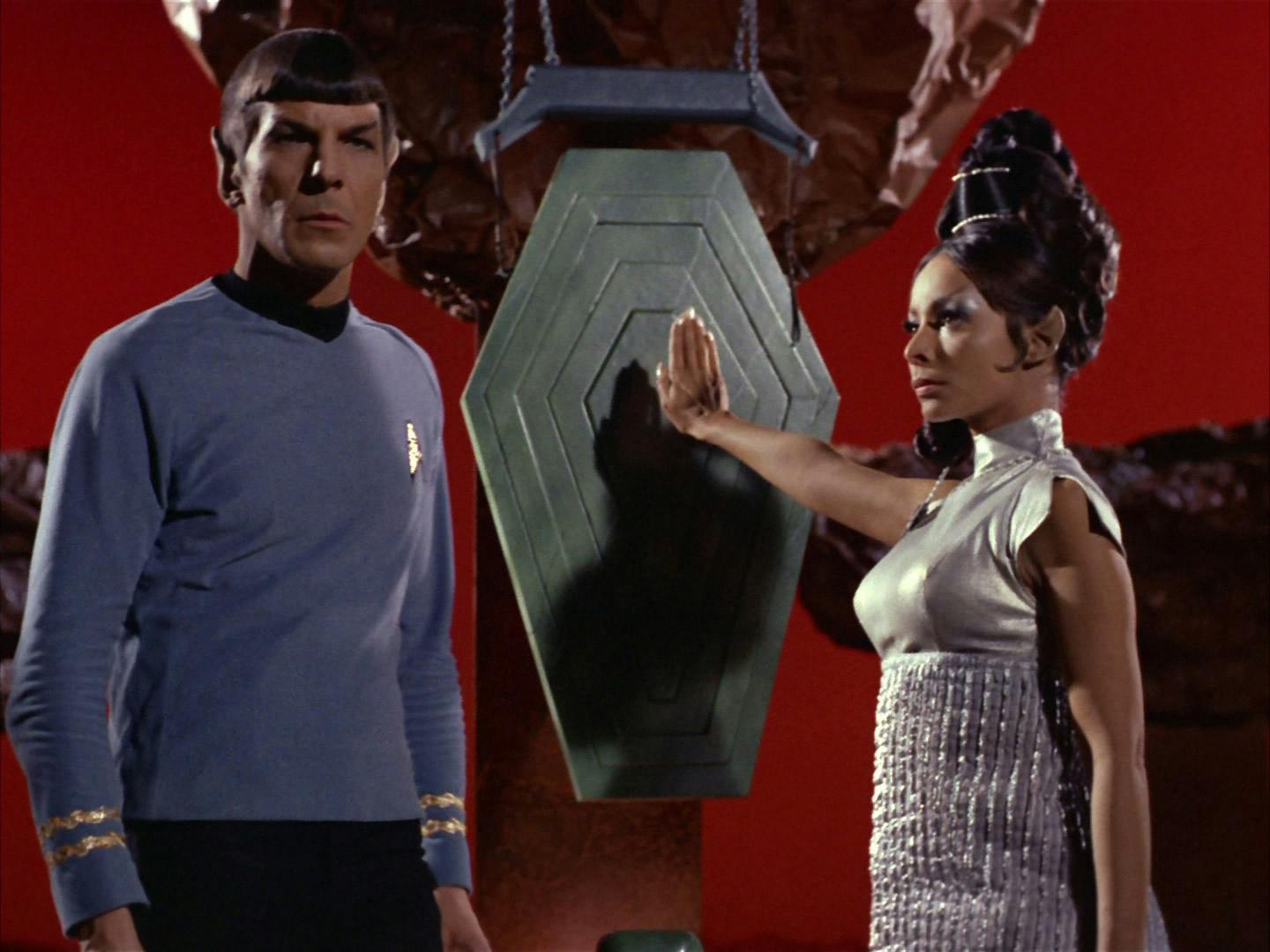
"Amok Time"
StarTrek.com
When Aaron turned the Nile into a river of blood, it shook the Pharaoh to his core, much like how the blood fever of Pon Farr shook up Spock's usual calm and logic. Hormonal imbalances are no joke, and this quickly descended from throwing soup and nearly ended with Captain Kirk's death on Vulcan!
Much as I hate to parallel the Pharaoh, the villain of the Passover story, with Spock, a hero and a pacifist, they are both powerful men brought low (and emotional) by blood.
2. Frogs, ""
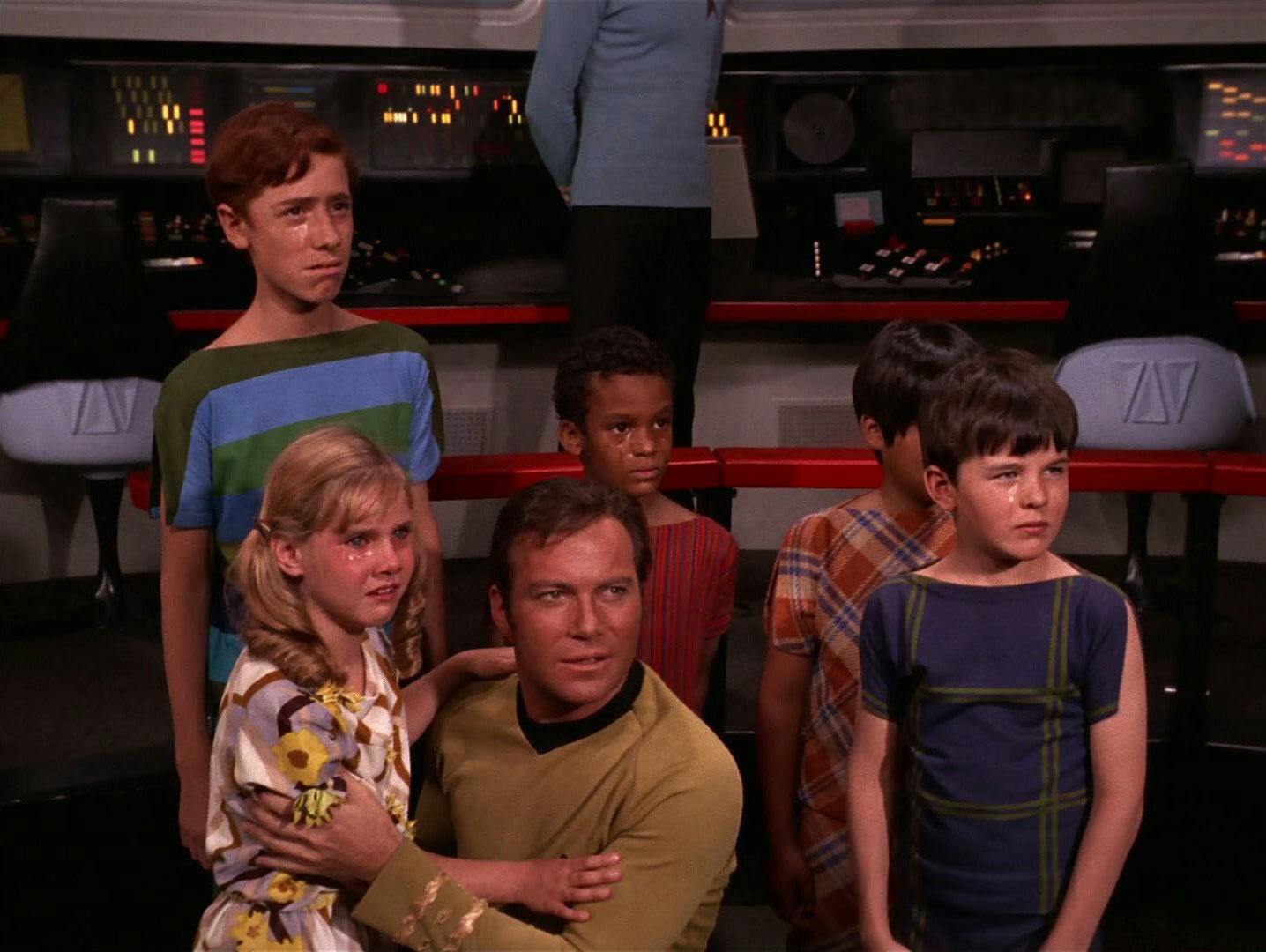
"All the Children Shall Lead"
StarTrek.com
There is a debate in Judaism over whether the second plague was a swarm of frogs, or one giant frog that covered the land of Egypt. But if we go with the more traditional interpretation of a swarm, then the Star Trek equivalent swarm would be the children from "And The Children Shall Lead" who take over the Enterprise.
Not only are they a hive mind (very swarm-like behavior) controlled by an evil embodiment called Gorgon, but they also bring the majority of the bridge crew under their sway. Whichever frog interpretation you go with, Kirk was as deeply unhappy with this plague-parallel as the Egyptians were with their own froggy problem — and he was pretty hostile to the kids too!
3. Lice, ""
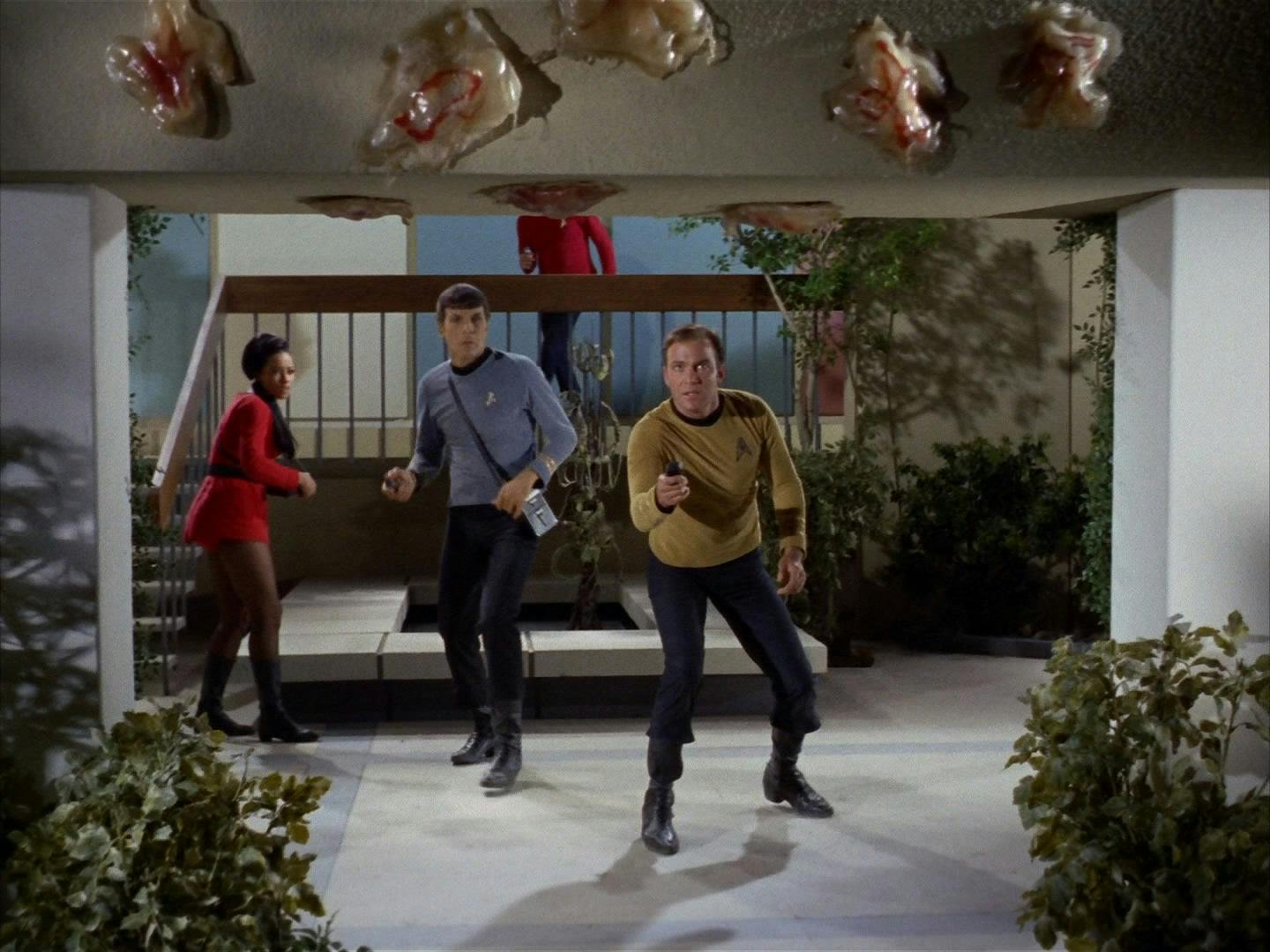
"Operation — Annihilate!"
StarTrek.com
Whilst it may not be as scary or strange as the other plagues, the plague of lice always makes me wince and want to scratch my scalp in sympathy.
The episode "Operation — Annihilate!" also makes me wince, as a meeting with behavior-altering parasites is not how I imagine Kirk wanted his family reunion to go. But while lice do alter behavior, making people far more irritable, I wonder if they could cause the collapse of civilizations as this Star Trek parasite did before the crew of the Enterprise stopped it?
4. Flies or Deadly Animals, "Wink of an Eye"
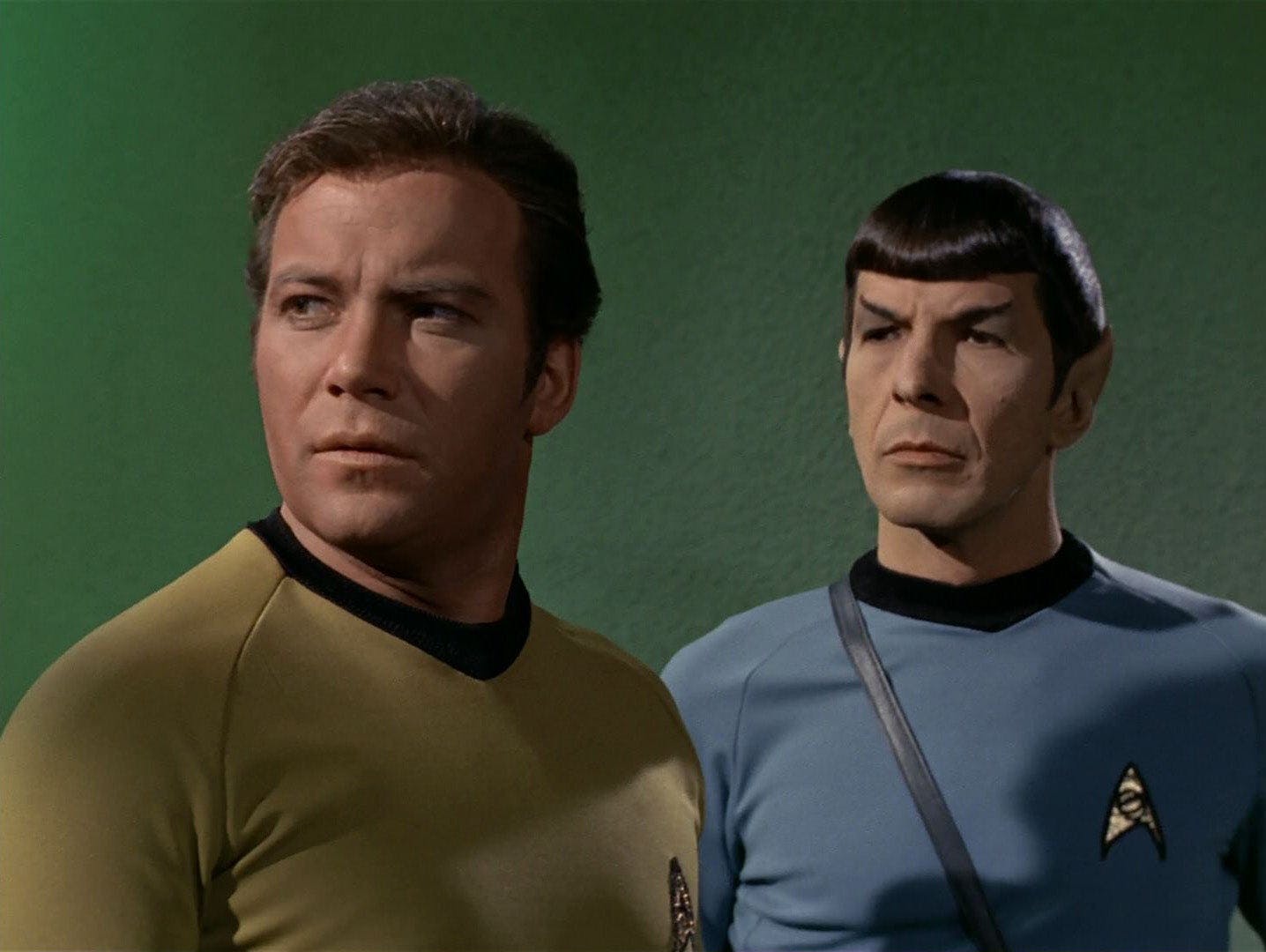
"Wink of an Eye"
StarTrek.com
Here we find ourselves with another heavily debated plague. Some scholars believe it was the buzzing of flies that punished the Egyptians, while others believe it was a hoard of deadly animals destroying everything in their path. Luckily, "Wink of an Eye" covers both!
It begins when a landing party on Scalos and Kirk hears a mysterious buzzing noise like a swarm of insects before one of their party goes missing. Kirk continues to hear this insect buzzing on the Enterprise. However, it turns out to be a group of people living at hyper-accelerated speed, causing mischief all over the ship as they try to put the Enterprise into a deep freeze. Moreover, when they try to hyper-accelerate the humans, they end up causing them to age and decay rapidly. Deadly creatures destroying everything in their path indeed!
5. Pestilence, ""
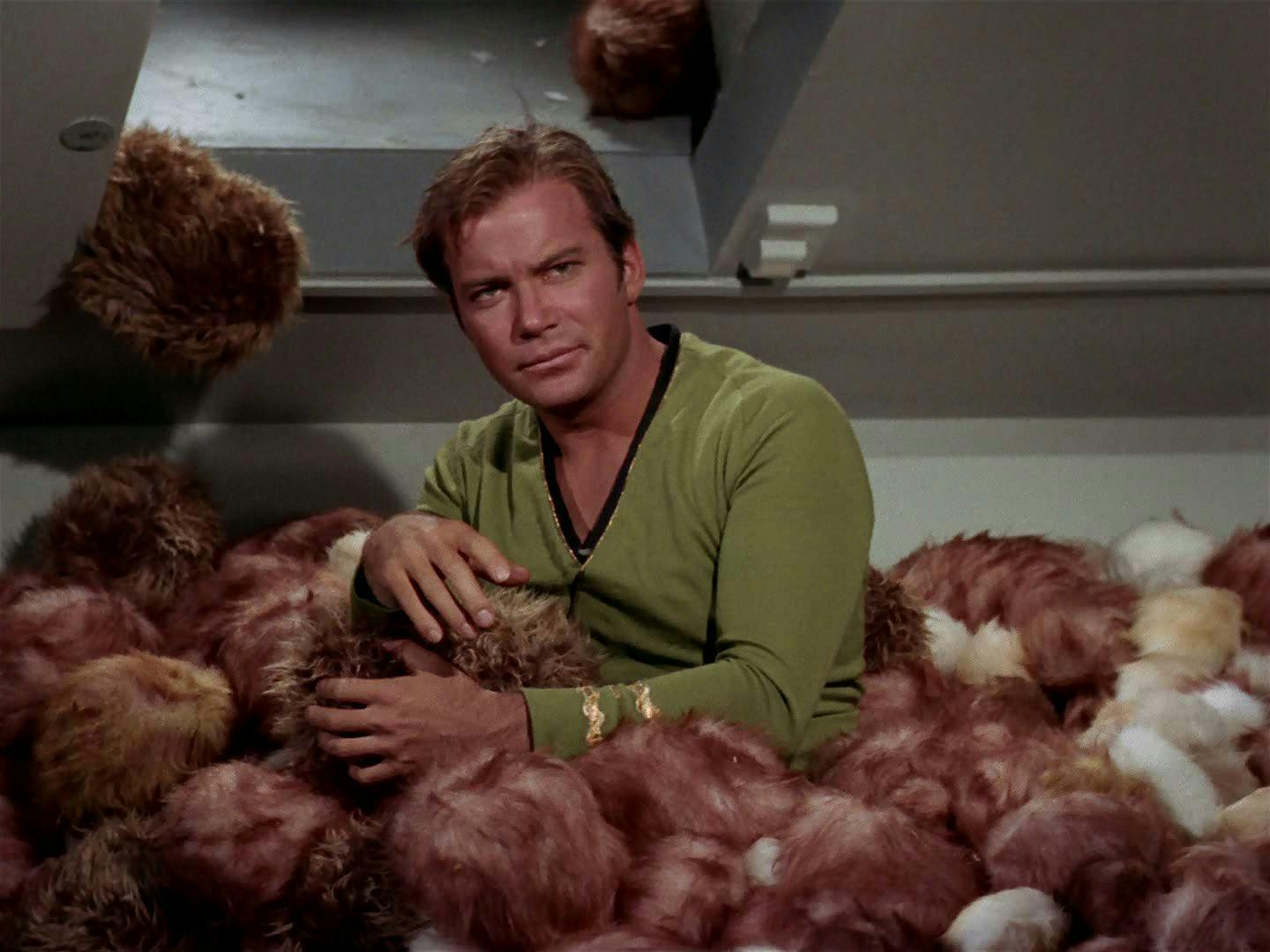
"The Trouble with Tribbles"
StarTrek.com
The fifth plague was a pestilence that killed all the Egyptians livestock, and what better episode to compare this with than "The Trouble with Tribbles."
The tribbles not only eat all of the grain supplies, they also end up dying en masse because the grain has been poisoned by saboteurs. This makes them not only the pestilence, but also the dead livestock in the Passover parallels! It's said the Egyptians grieved when they looked upon the dead animals they worshipped like gods, and whilst I doubt the tribbles were worshipped, I'm sure the Klingon vessel they were eventually beamed onto did indeed grieve having this fluffy plague.
6. Boils, ""
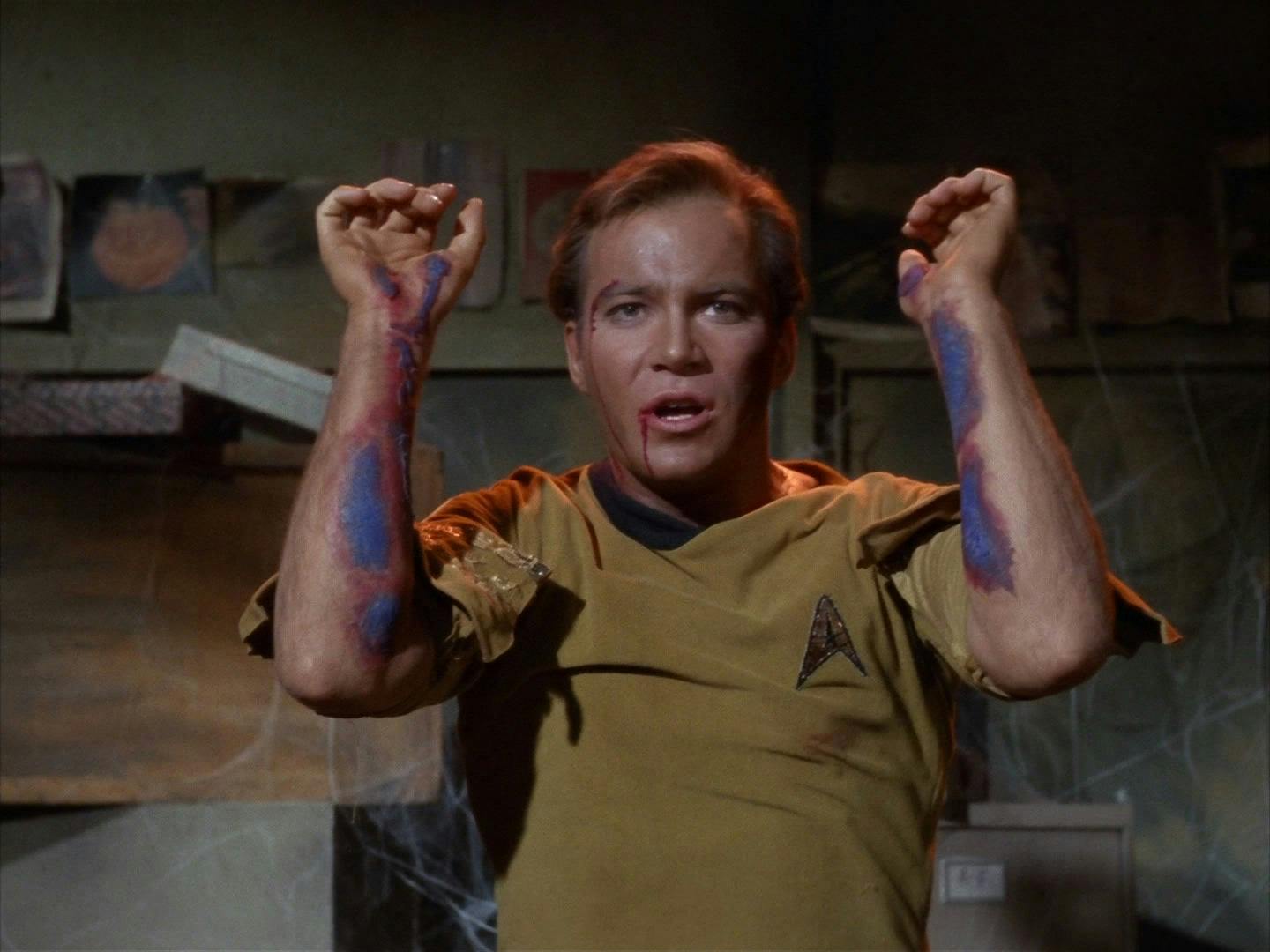
"Miri"
StarTrek.com
When painful boils appear on the people of Egypt, it was meant to have caused horror and agony. Well, the episode "Miri" caused so much horror, it was banned by the BBC in the 1970s and 1980s!
In this episode, the landing party, except for Spock, begin developing purple lesions on their bodies and are told by the children of the planet they will die horribly in a week. Even Spock can't return to the Enterprise, because they don’t know whether or not he'll infect the rest of the crew. The boils end up being painful physically and emotionally, as the crew seek to save themselves and the children who have trapped them.
7. Hail, ""
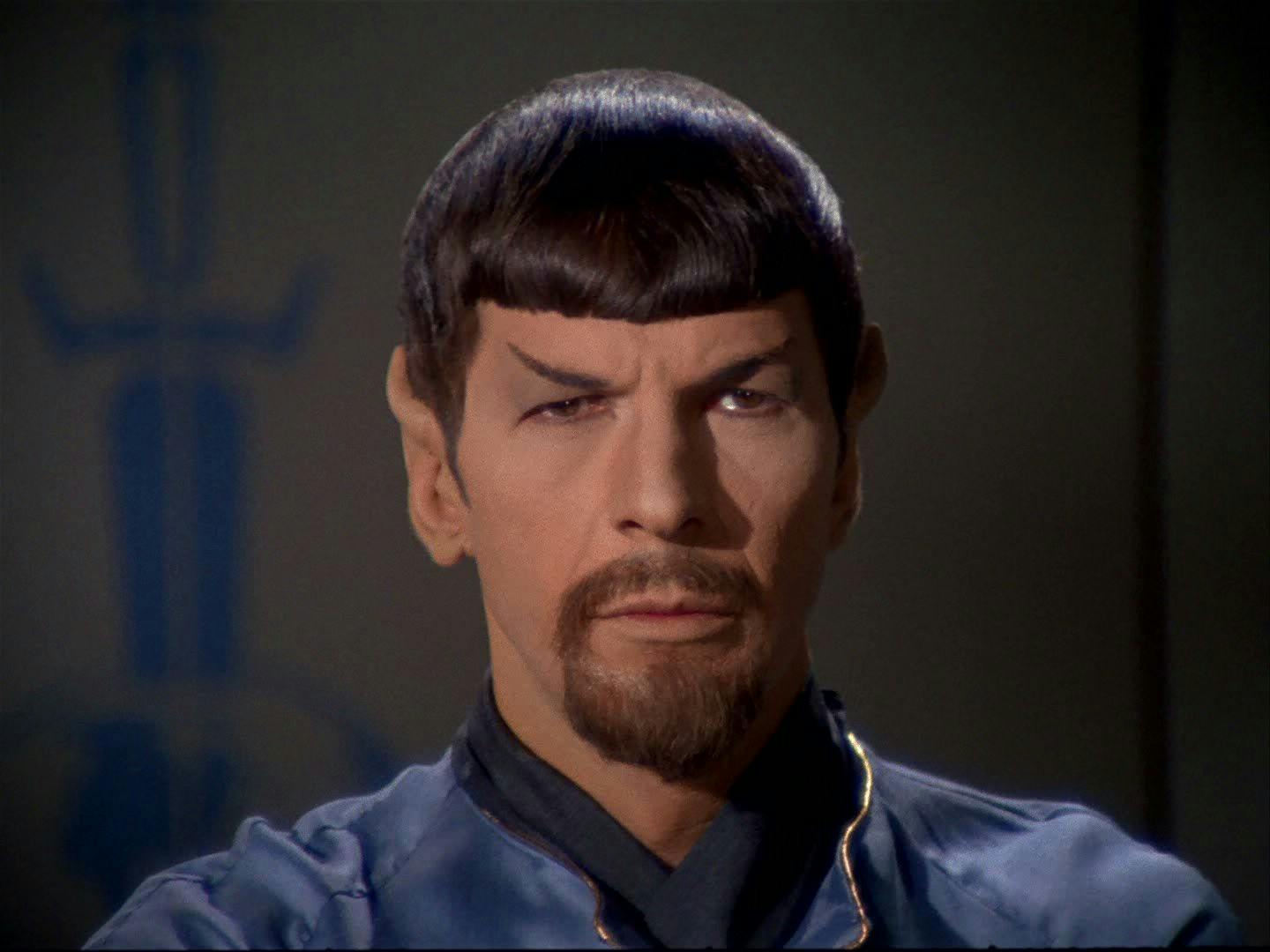
"Mirror, Mirror"
StarTrek.com
The seventh plague was a hail-storm of unprecedented strength that damaged every living thing in its path — much like the wrath of the Mirrorverse that Kirk and company discover in the episode "Mirror, Mirror"!
When negotiating with the Halkan's for dilithium, the council says there is no guarantee the Federation will always be peaceful. A violent and unpredictable ion-storm proves they may have a point when it causes the transporter malfunction that takes our Enterprise crew to a parallel universe of unprecedented violence!
8. Locusts, ""
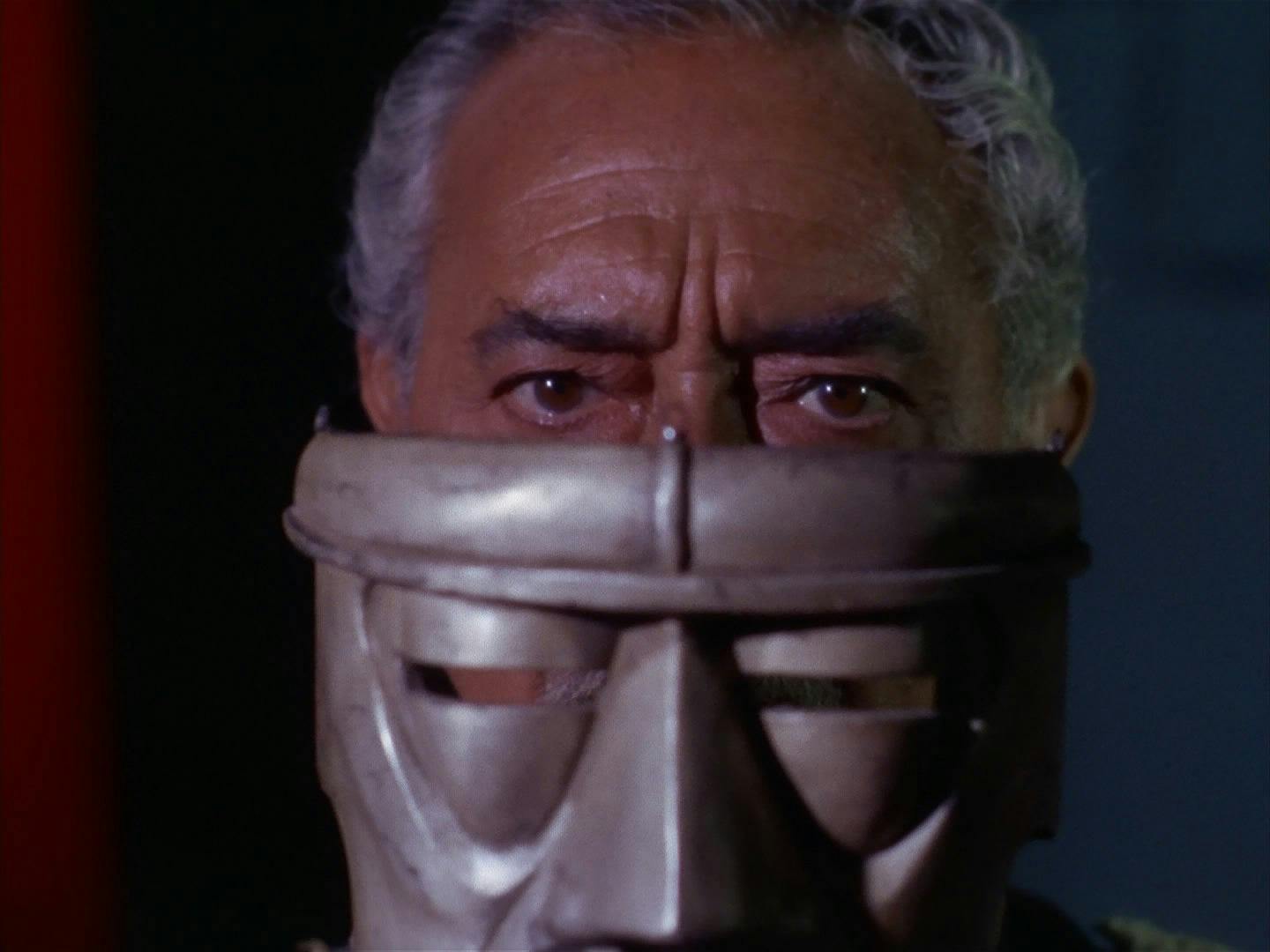
"The Conscience of the King"
StarTrek.com
On Moses' eighth attempt to sway the Pharaoh, a devastating plague of locusts is summoned. The bugs devour everything green that has escaped the hail and previous plagues. This brings to mind one of Kirk's most famous pieces of backstory — the Tarsus IV massacre.
In "The Conscience of the King," we discover that as a teenager, Kirk lived in the Tarsus IV colony when a food crisis allowed Governor Kodos to take control and order the deaths of half the population. While it might not have been locusts that destroyed the grain on Tarsus IV, this event certainly caused untold devastation.
9. Darkness, ""
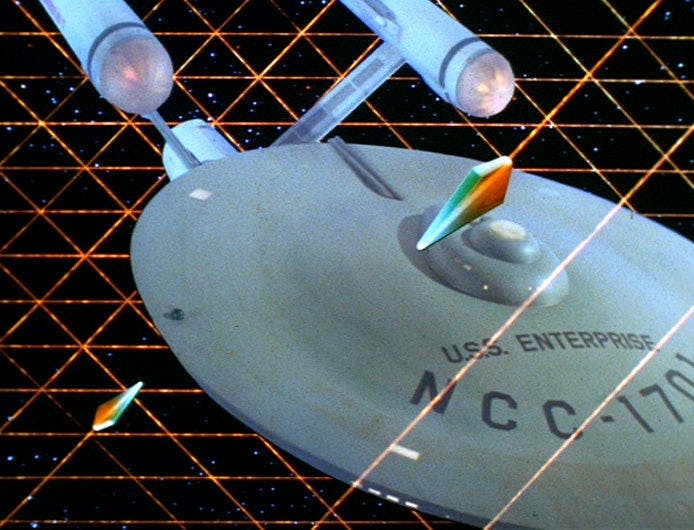
"The Tholian Web"
StarTrek.com
Space, the final frontier. In the context of Star Trek, it's hard to think of darkness as a plague when it is the mission and adventure of our voyagers to explore it. But darkness in the Passover story was terrifying, as for several days all of Egypt was enveloped in a thick and impenetrable veil of darkness which extinguished all lights kindled. Remind you of "The Tholian Web"?
On a rescue mission for their sister ship, the U.S.S. Defiant, the Enterprise enters a sector of unknown space and finds the Defiant adrift, its crew dead, and slowly phasing out of existence, before vanishing entirely and taking Kirk with it. This episode focuses on the more terrifying aspects of space and the unknown, and how the hardest thing to do can be just having to wait for the darkness to pass.
10. Death of the First Born,

Star Trek III: The Search for Spock
StarTrek.com
First-born children don't have the best track record for surviving in Star Trek; we've already covered Sam Kirk's death in "Operation — Annihilate!" and Kodos' daughter Lenore Karidian meets a grim fate in "The Conscience of the King."
Moving on to the movies, we see Spock's older brother, Sybok, die in . But for this plague I had to go with Captain Kirk's own son David Marcus, who is killed by Klingons in The Search for Spock. As the Pharoah's own infant son's death broke his resolve to finally allow the Israelites to be free, David's death so soon after they met causes Kirk to become embittered and colors his own attitude towards Klingons as a species.
Yes, the plagues make up a significant part of the Passover story, the main theme of the holiday is triumph over adversity and freedom —a fundamental tenet of Star Trek. For all of the dangers and threats the Enterprise crew face, from physical to emotional, they always overcome them together. And much like the Israelites finally leaving Egypt to wander the desert in search of the Holy Land, it tells us that perseverance is key and the journey and exploration it entails can be as important as the final destination.

